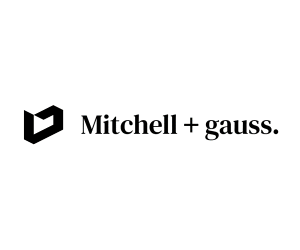Blog: Pay transparency can benefit business

Catriona Aldridge, Senior Associate at law and tax firm CMS looks at the dilemma of advertising and disclosing pay for employers and prospective employees alike
A survey published by the Young Women’s Trust (YWT) last month revealed that almost half of employers ask job candidates for details of their previous salary while a significant number (42 per cent) do not include wage details when advertising roles.
The YWT argued that this is an unacceptable practice, as asking applicants about current wage levels or expectations while refusing to provide salary information when advertising a job role can trap women in a cycle of lower earnings, contributing to the gender pay gap. The organisation is now calling for greater transparency, urging employers to include salary details when advertising roles.
The approach of the YWT is consistent with recommendations set out in the Government Equalities Office Reducing the Gender Pay Gap report which came out earlier this year. It stated that publishing salary ranges for any job vacancies could be an effective action in decreasing the gulf between male and female remuneration. While such a move may be welcomed by all those committed to gender equality in the workplace, it is unlikely to be a silver bullet in terms of addressing the gender pay gap which is caused by a myriad of factors. Even more radical measures such as implementing single pay points on pay scales have been shown not to eradicate this problem altogether.
There are also considerable issues with such transparency for employers. Many fear that publishing pay upfront will either deter talented people from applying for roles or simply be used as a means for individuals to leverage a higher salary from an existing employer. The challenge is balancing the ability of employers to attract the right talent for current vacancies against the wider, longer term aim of achieving equality and diversity in the workplace, and all the business benefits that brings.
With a new hashtag #saywhatyoupay now emerging across social media channels, however, we can expect to see momentum build behind the idea of increasing transparency about salaries.
Employers have been responsive to the public aspect of gender pay gap reporting because they want to do the right thing or, at very least, avoid being named and shamed. With Round 2 of gender pay gap reporting approaching and many employers looking for ways to reduce any gulf that may exist between male and female workers, transparency on salary could be helpful.
The threat of litigation is also a useful motivator. To date, case law has mostly supported employers which rely on market rates to justify pay levels but, in roles which are dominated by a single gender, there is a risk that this practice could be indirectly discriminatory and lead to equal pay claims. As awareness of this issue heightens within the workforce, so does the risk of employees taking the step of raising a claim. Justifying such discrimination requires employers to demonstrate there is a real need to recruit at a specific pay grade to attract talent but this can prove difficult to do.
The benefit of transparency also extends beyond gender, reducing the risk of successful pay discrimination arising on the grounds of age and race, for example.
While gender pay gap reporting may have created necessary momentum, it will take brave and visionary employers to take the risk and lead the way in breaking the cycle of salary silence. For those looking to improve any gender-related gulf and create a compelling narrative behind their 2019 report, the upfront publication of salary levels could be an effective technique. This should not stifle any further dialogue on the issue of pay but should instead help create an equal playing field for those discussions amongst every applicant and, ultimately, enable employers to recruit the best talent.





